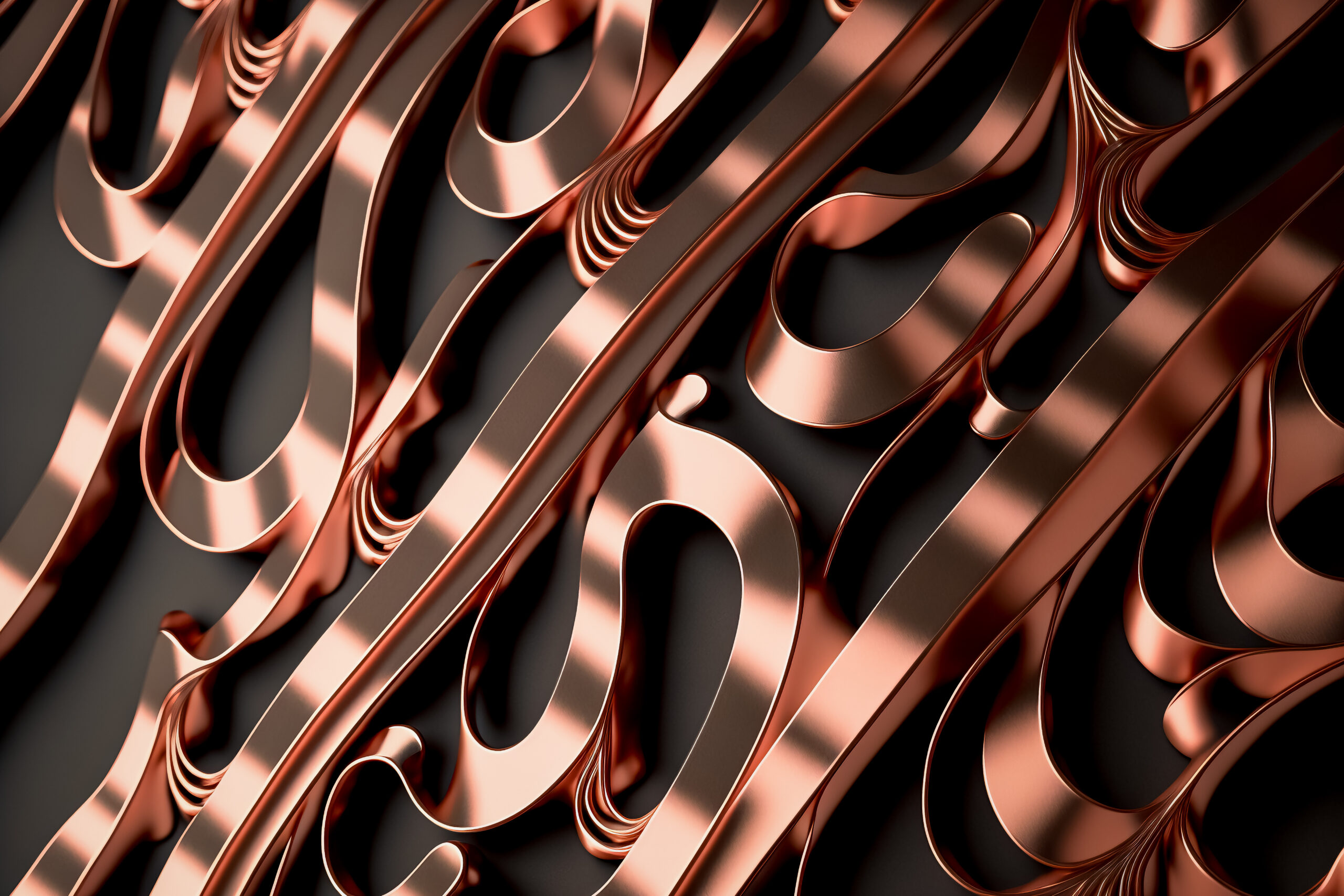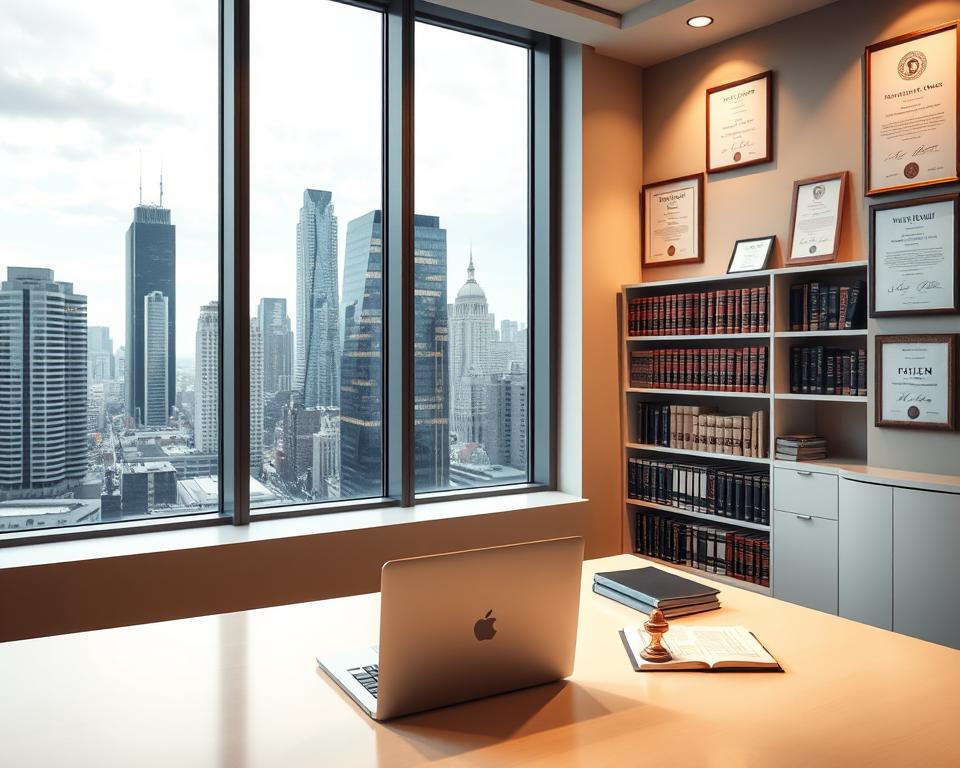Grasping Optical Fiber Secondary Layering Systems
Have you heard that more than 90% of global web data flow is based on fiber optic technology? This statistic underscores the significance of each component in fiber optic cable fabrication, especially the fiber secondary coating line. These systems are vital for guaranteeing the fiber optic cables’ resilience and functionality.
This article will delve into the intricacies of fiber secondary coating lines. We will examine their essential role in safeguarding fiber optics. Moreover, we will consider how these systems enhance cable durability and performance. This understanding is critical for those engaged in fiber draw tower technology and production.
Guide to Optical Fiber Technology
Optical fiber technology has revolutionized communication, utilizing optical signals over electric currents. This approach guarantees fast connections with reduced data degradation. At the heart of this system lies the principles of optical fiber communications. These basics are reinforced by a sophisticated design. It comprises a core, coating, covering, strengthening fibers, and a protective jacket. Each component is essential for the technique’s efficiency.
The system’s adoption into telecoms has transformed our information environment. It skillfully controls vast amounts of data, supporting web, voice services, and broadcasting systems. Thus, fiber optics not only boosts efficiency but also provides consistency globally.
Understanding Fiber Secondary Coating Line
A optical fiber secondary coating process is a set of dedicated machines and operations. It coats defensive layers to fiber strands after fabrication. This secondary coating is essential for the fibers’ resilience and operation. It defends them from environmental and mechanical threats. The critical role of layers in maintaining fiber optics’ integrity is clear.
Definition and Importance in Optical Fiber Manufacturing
The secondary coating process is critical in optical fiber production. It consists of coating the optical strands with a polymer layer. This cover safeguards the strands during deployment and use. It increases the fibers’ lifespan by mitigating wear from bending, abrasion, and pollutants.
Without these coatings, strands would be vulnerable to fracture and performance issues. This procedure is vital for upholding the fiber’s resilience.
The Function of Layers in Defending Fiber Optics
Layers are key in upholding the optical clarity and physical strength of optics. They act as a shield against mechanical pressure and environmental factors. The role of layers is evident; they boost the optical fiber strength. This provides easier setup and a prolonged operational period.
This emphasis on auxiliary layering is key for those in fiber optics. It’s a element that substantially influences the fiber’s performance and durability.
Parts of Fiber Secondary Covering Processes
The optical fiber auxiliary coating system is a intricate setup, comprising multiple essential components. These parts are key for producing top-notch outputs. They aid in understanding how a fiber optic secondary coating machine functions and what it needs to function properly.
Main Equipment Overview
Key machines like optical fiber feeders, gel units, polymer applicators, crossheads, and temperature control systems make up the core of the secondary covering process. Each piece of equipment is essential for the covering procedure. For example, the coating machine heats the layering polymer, and the connection point applies it evenly around the strand. These elements must operate in harmony to provide uninterrupted operation and product quality.
Substances in Secondary Layering
The pick of materials for covering is vital for achieving the intended result. Ultraviolet-hardened acrylic substances are frequently selected for their exceptional shielding properties. These materials protect the optic, increase its durability, and enhance overall performance. The proper blend of substances guarantees the completed item conforms to sector norms and user needs.
Understanding the Secondary Coating Process
The additional layering procedure is vital in the production of fiber optics, delivering vital safeguarding to the newly drawn fibers. This step consists of the coating with defensive layers to enhance the fiber strand’s strength and functionality. The sequence of this procedure is essential; it guarantees perfect bonding, thereby reducing excess and improving operational effectiveness.
Producers use various coating technologies, such as plastic coating and gel filling, to customize particular covering characteristics and thicknesses. Each method offers unique benefits, ideal for diverse strand operations and requirements. As the requirement for top-notch fiber strands increases, improving the secondary coating process is paramount. It is critical for upholding sector norms and pushing covering innovations.
Significance of the Draw Tower in Auxiliary Covering
The fiber draw tower is vital in the fabrication of fiber strands. It extracts strands from initial shapes while applying protective coatings as they solidify. The quality of the drawing system is essential, affecting the coating’s effectiveness.
How the Draw Tower Works
The drawing system heats the initial shape before drawing the fiber at a regulated speed. This procedure is vital for preserving the fiber’s structural integrity. As the optic appears, layers are applied immediately for uniform protection against external and physical harm. The draw tower’s design ensures optimal coating application scheduling and attachment.
Relationship Between Draw Tower and Coating Quality
The extraction structure’s standard has a direct effect on the layering’s end quality. Variations in the fiber pulling procedure can cause irregular layering dimensions, impacting the optic’s functionality. Superior drawing systems eradicate these problems. A uniform coating configuration enhances fiber durability, making the FTTH cable production line more durable and useful in diverse operations.
Traits of Superior Auxiliary Coverings
Top-tier coverings are crucial for the performance and consistency of fiber optic arrangements. They must meet stringent mechanical and optical standards to provide information transfer effectiveness. This knowledge supports producers in developing more reliable outputs.
Mechanical and Optical Performance Standards
Additional layers need to exhibit outstanding mechanical properties. They must withstand physical stress and uphold performance across various environmental conditions. This includes bonding strongly to the fiber’s core and avoiding shrinkage or expansion. Furthermore, they should enhance light transmission, enabling fast information exchange with minimal signal loss.
Significance of Bonding and Durability Against Layer Separation
Bonding of the covering to the fiber’s center is crucial for the system’s integrity. Without firm bonding, the likelihood of layer separation rises, possibly leading to failures. High-quality coatings are designed to prevent layer separation, ensuring longevity and reliability across different applications. This resilience not only increases the optic’s durability but also improves performance, underscoring the need for picking high-quality layering compounds.
Technology Behind Secondary Coating Lines
The progression of secondary coating line technology is motivated by the pursuit of efficiency and high-quality items. In the optical fiber sector, the use of cutting-edge layering machinery is increasing. These improvements feature real-time monitoring systems and better polymer applicators. Such tools enable manufacturers to maintain superior guidelines while streamlining production processes.
Improvements in Secondary Layering Machinery
Recent advancements in secondary layering processes have transformed fabrication potential. New polymer applicators now provide exact management over the layering procedure. This causes enhanced regularity and effectiveness in the completed item. Mechanization and smart technology integration also allow faster production cycles with less operator involvement. This not only reduces mistakes but also boosts overall output.
Comparison of Different Secondary Coating Line Technologies
Comparing multiple secondary layering methods is essential. Flexible setups excel for their flexibility and growth potential. They allow fabricators to respond to fluctuating production demands without major system modifications. In opposition, standard methods are known for their dependability and trusted functionality. The choice of technology hinges on a company’s specific needs, financial constraints, and fabrication targets.
Perks of Secondary Layering Processes
Secondary layering processes offer many perks to fabricators in the optical fiber sector. They enhance the production process, resulting in greater cost efficiency and higher product standards.
Cost-Efficiency in Production
Auxiliary covering systems are key to cutting manufacturing expenses. They reduce excess material and streamline operations, resulting in significant cost efficiency. This efficiency enhances financial returns, making it vital for businesses aiming to stay competitive.
Better Item Strength and Lifespan
Secondary coating lines also elevate output standards. The long-lasting layers applied through these systems boost the item strength of fiber optic cables. This leads to extended durability and consistency, ensuring better functionality and customer happiness.
Implementations of Secondary Layering Processes
Optical fiber auxiliary covering systems are crucial across various industries, providing the consistency and performance of fiber strands. These optics are vital in communication networks, building the base for rapid web access. They enable effective information transfer, bridging consumers worldwide.
In the medical field, these strands are essential for medical tools and diagnostic equipment. Their exactness and resilience are vital for clinical operations. The applications of fiber secondary coating also apply to aviation and military, where they support network setups and detection systems.
Consumer electronics reap advantages from the improved strength of these optics. They back devices that operate under harsh conditions. The adaptability of these optics allows cutting-edge products, making them crucial in today’s contemporary technological environment.
Effect of Auxiliary Covering on Optical Fiber Functionality
The auxiliary covering is essential for enhancing fiber optic performance, concentrating on fiber durability and light distortion. A expertly applied layer can significantly minimize small defects in fibers that could cause collapse under strain.
How Coatings Affect Tensile Strength
The tensile strength of fiber strands is essential for their reliability across various applications. Additional layers deliver a protective layer that absorbs stress, reducing the risk of breakage. This shielding coat provides that optics preserve their physical strength under outside forces, ensuring consistent performance across their operational period.
Microbending Performance and Its Importance
Light distortion can affect signal transmission within fiber optics, leading to data loss. Powerful secondary layers mitigate these light distortions, ensuring optics preserve their visual characteristics even in challenging settings. By reducing microbending, fabricators can guarantee optical fiber strands deliver high performance and strength over time.
Market Trends and Innovations in Fiber Secondary Coating
The fiber optics secondary layering market is experiencing major changes, motivated by the demand for enhanced effectiveness and sustainability. This progress is driven by the rapid expansion of data transfer, increasing understanding of the importance of advanced materials and cutting-edge covering techniques. These shifts highlight the necessity of adopting high-tech substances and methods in the coating industry.
Emerging Technologies in Coating Processes
Improvements in covering methods have led to the creation of novel polymer materials. These materials offer superior mechanical properties and eco-friendliness. Such innovations not only enhance the durability of fiber optics but also minimize environmental harm. Additionally, advanced fabrication processes provide better exactness in coating, leading to uniform output standards.
Future Prospects for Secondary Coating Lines
The forecast for secondary layering processes is expected to feature the integration of automation and intelligent tools. These innovations are expected to streamline production, cutting down on expenditures and improving output standards. As the sector progresses, the focus will remain on innovation and discovery. This will drive further innovations focused on fulfilling the requirement for rapid communication and eco-friendliness.
Challenges Faced in Fiber Optic Coating
The production of optical fiber coverings faces numerous challenges that affect manufacturing productivity and item excellence. A critical problem is the challenge of ensuring uniform covering depth across multiple fiber models. Such variations can cause covering challenges, impacting the fiber strands’ total effectiveness and dependability.
Ensuring proper adhesion between the layer and the strand is another critical challenge. Poor adhesion can result in the covering to malfunction quickly, whether in the initial stages or later in use. Moreover, impurities in the layering operation pose significant manufacturing hurdles. These pollutants can damage the layer’s effectiveness and reliability. Fabricators must handle following rigid green standards with advances in manufacturing to get past these challenges.
Conquering these obstacles is essential to fulfill the rising sector expectations. It sets the stage for improved durability and consistency in optical fiber uses.
Overview of Secondary Layering Processes
The summary of optical fiber auxiliary covering systems emphasizes their essential purpose in manufacturing consistent and superior optical fiber strands. These processes not only boost the structural and optical qualities of optical fibers but also defend them against environmental risks. This provides the optics maintain their integrity over their operational life.
Improvements in systems have taken the benefits of fiber secondary coating line to unprecedented levels. They boost fabrication effectiveness, minimize material loss, and lead to higher item excellence. The developments allow better adhesion and strength against challenges like coating detachment, which significantly impacts effectiveness.
Understanding the importance of optical fiber auxiliary covering systems aids stakeholders in the fiber optic sector in making well-informed choices. This knowledge leads to enhanced item availability and operational efficiencies. Such improvements are vital in today’s intense sector.
Frequently Asked Questions
Definition of a fiber secondary coating line?
A secondary layering process is a setup created to add shielding coverings to optical fibers. This operation occurs after drawing, ensuring the fibers’ durability and performance.
Why is secondary layering essential in fiber strand fabrication?
The auxiliary covering operation is essential. It shields the glass fibers from mechanical and environmental threats. This enhances their longevity and reliability, while preserving their light transmission qualities.
What are the main components of a fiber secondary coating line?
Primary elements consist of optical fiber feeders, gel units, polymer applicators, junction units, and temperature control systems. These components operate in harmony to apply protective coatings to optical fibers.
What materials are typically used in the coating process?
Frequently used substances include ultraviolet-hardened acrylic substances. These offer a shielding coat against harm from flexing, scratching, and pollutants.
How does the fiber draw tower contribute to the coating process?
The optical fiber drawing structure regulates the pulling of strands from initial shapes and coats with protective substances as they harden. This significantly influences the coating quality.
Structural and optical quality benchmarks for secondary layering?
Auxiliary coverings must adhere well to the glass core, prevent layer separation, and resist physical strain. This increases the fiber durability and visual transparency of the fiber optic cables.
Innovative techniques in auxiliary covering systems?
Emerging technologies consist of cutting-edge coating machines and live tracking for ensuring standards. These developments boost layering functionality and fabrication effectiveness.
Perks of secondary layering processes for fabricators?
Secondary layering processes result in economic effectiveness in manufacturing, improved product quality, minimal wastage, and increased durability and performance of fiber optic cables.
Uses of secondary layering processes in different fields?
These systems are used in telecommunications, clinical, aviation, and electronic gadgets. They offer resilient strands for rapid web access and data facilities.
Influence of secondary layering on optic resilience?
Additional layers defend tiny imperfections and minimize minor bending issues. This guarantees the optics maintain their light transmission qualities and perform consistently under multiple settings.
Obstacles in auxiliary covering production?
Producers encounter obstacles like maintaining coating thickness consistency, achieving strong bonding, preventing contaminants, and meeting environmental standards while driving progress.
What future trends can be expected in the fiber secondary coating market?
The industry is anticipated to witness more robotics, intelligent tool adoption, and advancements in polymer materials. These will enhance environmental sustainability and coating effectiveness.



